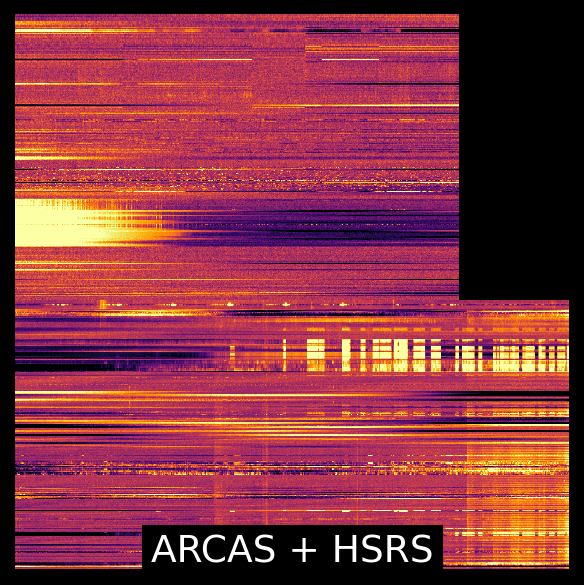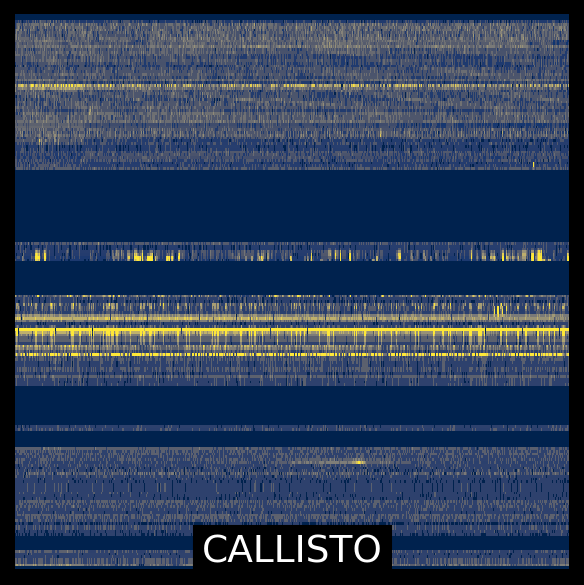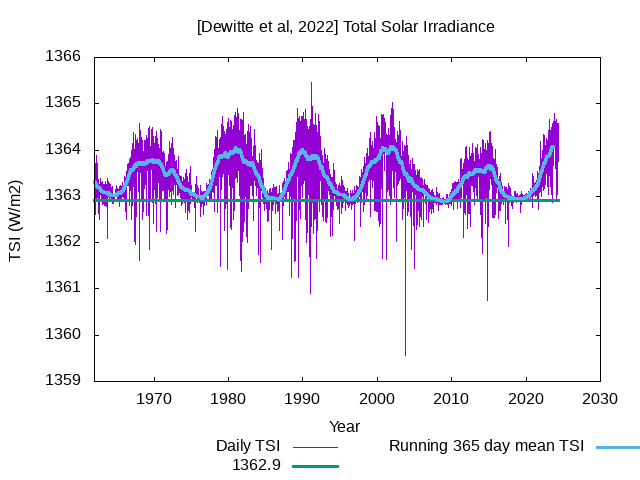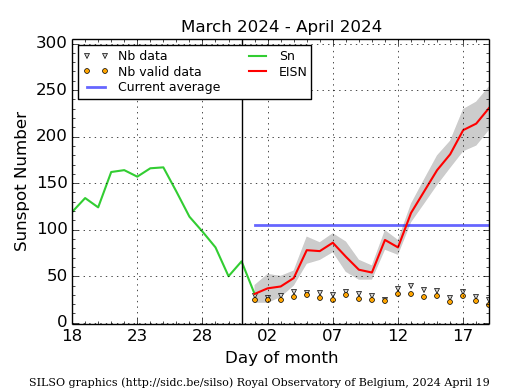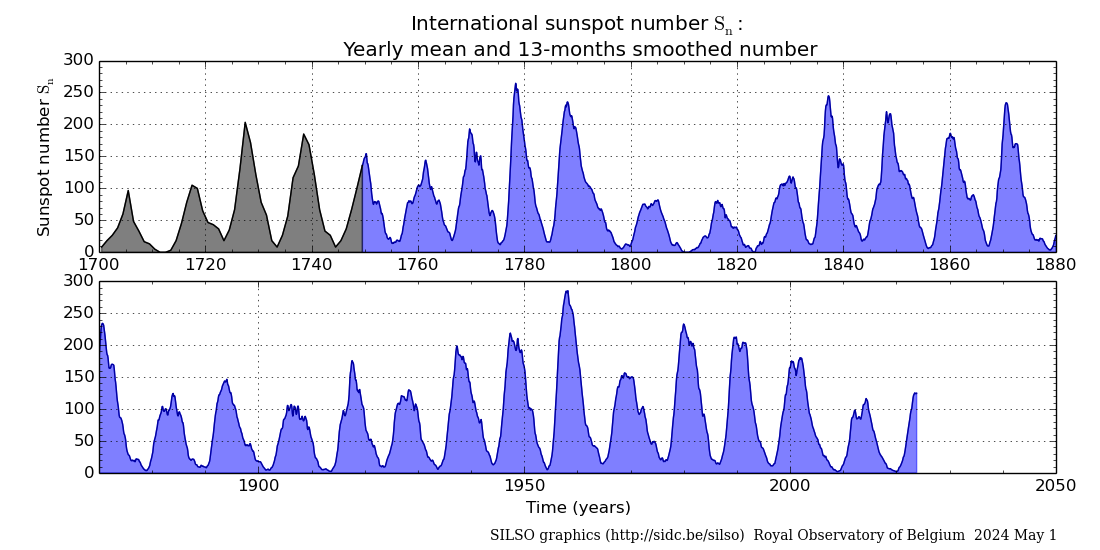Solar flaring activity was at moderate level, with multiple C-class flares and four M-class flares recorded in the past 24 hours. The largest flare of the period was an M4.0 flare, peaking at 19:32 UTC on Apr 15, associated with NOAA AR 3639. NOAA AR 3639 became magnetically more complex (from beta to beta-gamma class) and was the main driver of the flaring activity observed over the past 24 hours together with NOAA AR 3634 (beta class), NOAA AR 3638 (beta class) and NOAA AR 3643 (beta class). Other regions on the disc have simple configuration of their photospheric magnetic field (alpha and beta) and did not show any significant flaring activity. The solar flaring activity is expected to be at moderate levels over the next 24 hours, with M-class flares possible and a low chances of X- class flares.
A faint partial halo coronal mass ejection (CME) was observed in LASCO/C2 coronagraph data from 06:48 UTC on Apr 15. The CME is directed primarily to the North from the Earth's perspective and is likely associated with a small filament eruption near NOAA AR 3636. Current analysis suggests that this CME may have an Earth directed component, with a predicted arrival time of late on Apr 17 - early on Apr 18.
The greater than 10 MeV proton flux was at nominal levels over the past 24 hours and is expected to remain so for the next 24
hours.
The greater than 2 MeV electron flux, as measured by the GOES-16 satellite, remained below the 1000 pfu threshold. It is
expected to remain below the threshold during the next 24 hours. The 24 hour electron fluence was at normal levels and is expected to remain at these levels for the following 24 hours.

